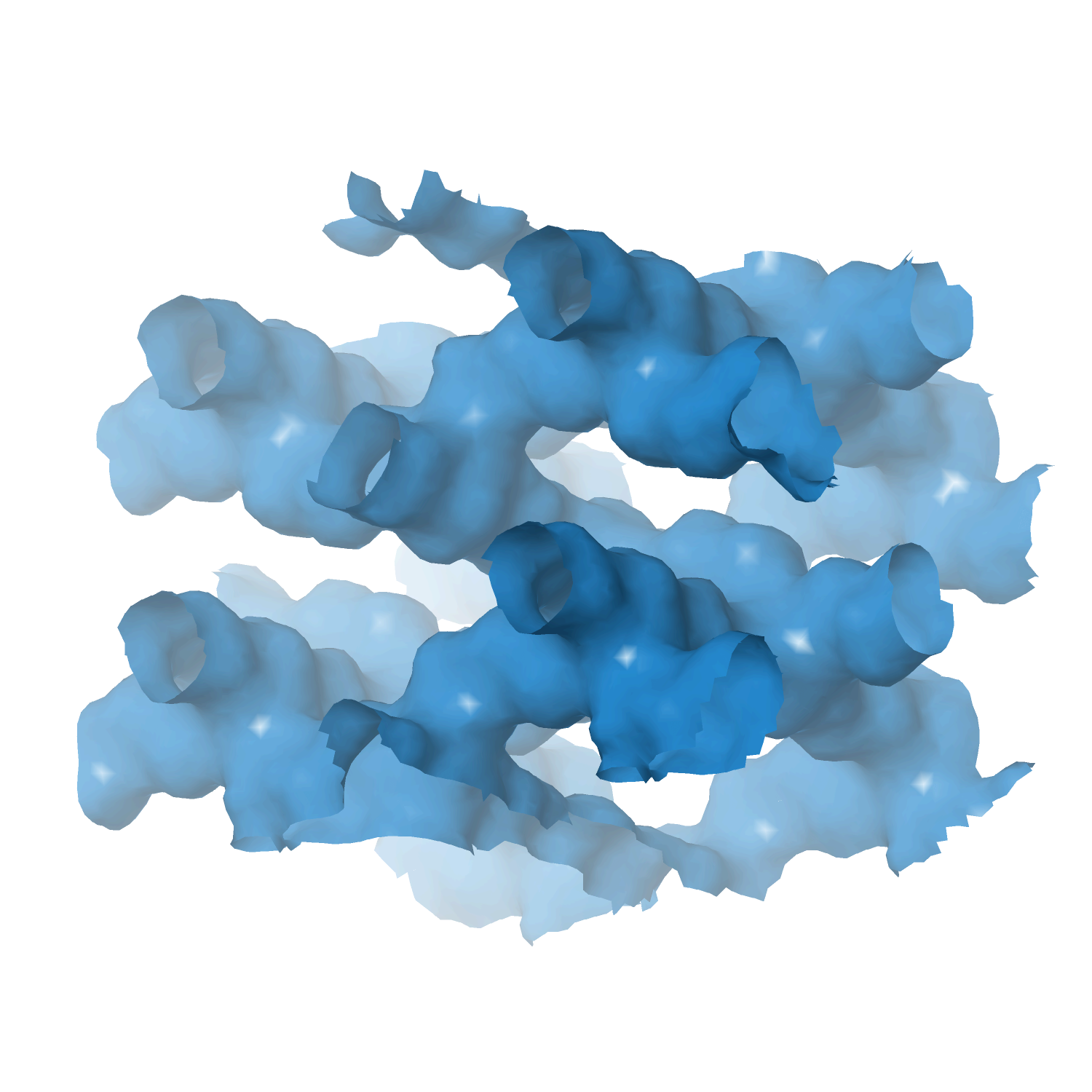Heterogeneous catalyst engineering ⇒ from stable and deactivation resistant to viable technical catalyst
Advances in heterogeneous catalyst “structure” are driven to improve their “function” or performance, i.e., activity, selectivity, and stability. Cooperative research is required to understand the structure and function relationships: developing new synthesis protocols for heterogeneous catalysts with unique surface properties, defined porosity, identification and understanding of catalytically active sites, reaction mechanisms, and finally, prediction and analysis of the processes using various computational tools.
Our group focuses on developing new catalyst formulations using innovative synthesis routes for various important heterogeneous catalysts. That includes thermal, electro, and bio-electro catalysis.
The active phase cannot be used directly in its final application or reactor for various reasons, including poor mechanical resistance, heat or mass transport, and fluidization features. We must mix the active phase with other ingredients in a matrix of binder and filler, while we shape it into a technical catalyst. We investigate new synthetic protocols for technical catalysis using spray drying and fluidized beds to cover the whole range of sizes. At the same time, we incorporate additional (unconventional) ingredients such as SiC to improve some features even further.
- Technical catalyst I ⇒ spray drying and extrusion
- Technical catalyst II ⇒ spray fluidized bed reactor
- Technical catalyst III ⇒ electrospinning
- Zeolite catalysts ⇒ with defined structure/porosity
- Multi-metal (high entropy) alloy catalysts
- MXene catalysts ⇒ single and multi-dimensional
- Perovskite catalysts
- Metal-organic framework (MOFs) catalysts
- Supported metal/metal-oxide catalysts
- Aerogel catalyst
A Zeolite-Based Cascade System to Produce Jet Fuel from Ethylene Oligomerization
by
Mohamed, Abed, Zambrano, Castaño, Hita
Ind. Eng. Chem. Res.
Year:
2022
DOI:
https://doi.org/10.1021/acs.iecr.2c02303
Abstract
Jet fuel production from ethylene oligomerization opens a sustainable pathway to clean sulfur-free fuel that is increasingly in demand due to the potential renewable origin of ethylene. The key to a viable heterogeneously catalyzed process is to improve the selectivity of the jet fuel while prolonging the catalyst lifetime. To this end, we have assessed and optimized a dual-bed cascade system based on a dimerization bed that is followed by an oligomerization bed using Ni supported on Y zeolite and ZSM-5 zeolite catalysts, respectively. Our optimization approach uses different catalyst acidities, temperatures, and bed configurations for determining the best yield–conversion relationship. Under optimized dual-bed conditions, we can produce 64 wt % of jet fuel at the beginning of the reaction and maintain a 50 wt % selectivity of this fraction for over 20 h on stream. This paper also analyzes coke deposition (content and nature) at the different experimental conditions and catalyst bed arrangements using temperature-programmed combustion. We demonstrate that the dual-bed approach is effective for protecting the main oligomerization bed (ZSM-5 catalyst) from deactivation, leading to the formation of a lighter type of coke compared with that using the initial Ni2+ HY-based dimerization catalyst, which deactivates at a faster rate.
Keywords
OLG
HCE
CRE
